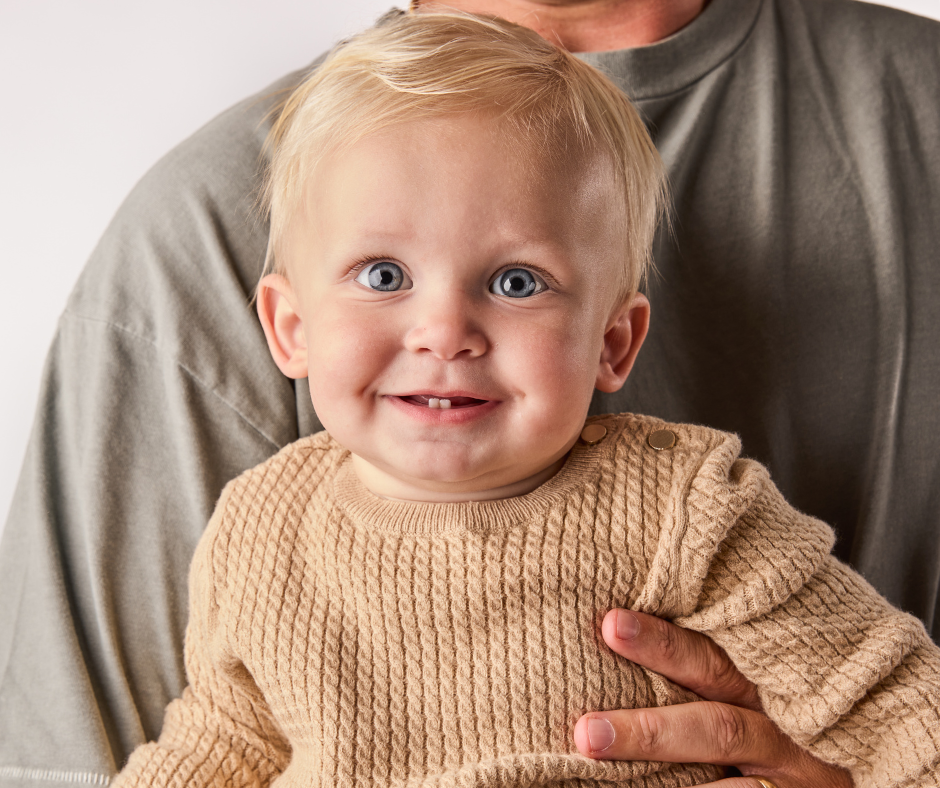
Fine Motor Skills and Cognitive Development of Your Baby or Toddler
|
|
Time to read 3 min
|
|
Time to read 3 min
When most of us think about motor skills, we think about the ability to move around, interact with our environment physically, and properly operate our limbs. However, fine motor skills are a little more specific. As the term 'fine' hints at, fine motor skills are the precise, small movements we make as we interact with the world around us. These skills involve using various muscles, joints, and nerves within our limbs. The things we do with our hands are perhaps most readily cited in reference to fine motor skills - picking things up, drawing, and even eating using utensils; but our feet and toes also use fine motor skills when it comes to tasks like playing soccer or dancing around the room. Developing fine motor skills involves a complex combination of planning, coordination, strength, and dexterity. During the early years of a child's life, they have to develop these fine motor skills over time.
There are many day-to-day examples of fine motor skills. From writing or drawing to using a fork or getting dressed, we constantly utilize our fine motor skills throughout the day. For instance, using your phone or computer to access and read this article almost certainly requires you to use your fine motor skills. From the time you wake up to the time you go to bed at night, you are constantly using these skills, which you began to learn at a very young age.
We seldom think of fine motor skills as adults, but developing these skills as children is important for success in completing everyday tasks like brushing your teeth and getting dressed in the morning.Developing proper fine motor skills aids in a child's ability to function independently, whether it's completing homework during their school years or simply eating breakfast on their own. Further, fine motor skills are required for children's hobbies, like learning an instrument or making crafts.
The growth and development of a child are typically split into different categories: physical development, cognitive development, language development, and social-emotional development. Fine motor skills are part of a child's physical development, though these skills are also closely linked to cognitive development skills like problem-solving, attention, memory, and spatial awareness. The use of fine motor skills also aids in cognitive development, allowing babies and children to interact with their surroundings and engage with their environment, fostering cognitive growth.
Fine motor skills begin to develop as soon as a baby is born. As your little one ages, their muscles strengthen, allowing them to develop higher levels of coordination and an increased ability to complete precise movements. Fine motor skills can always be improved, even in adulthood. Here are some infant development activity ideas to help your baby or toddler improve their fine motor skills:
Fostering the development of our children, both physically and mentally, is one of our most important jobs as parents. Ensuring our little ones grow up to be as capable and independent as possible is a huge responsibility. While it may seem overwhelming, it's important to remember that all the things we need to teach our children start off as small lessons, as easy as grasping a toy or holding a block. These activities help create connections in our little one's brain, enabling them to problem-solve and think critically later in life.
For even more activity ideas for improving fine motor skills, check out Curious Baby Activity Cards, a thoughtfully designed set of 40+ developmentally stimulating activities tailored for babies from birth to 12 months.